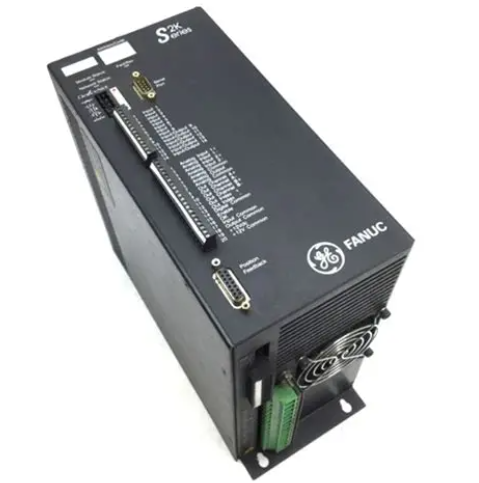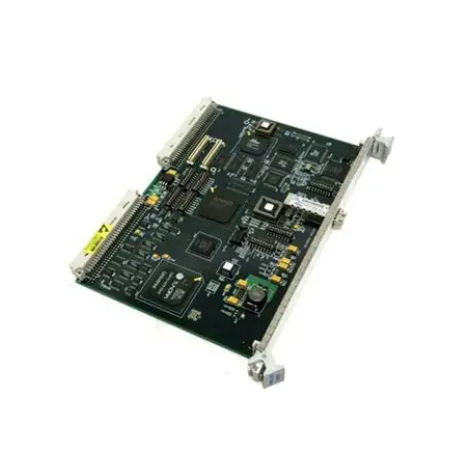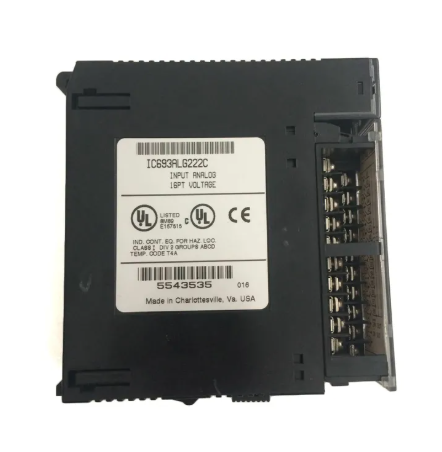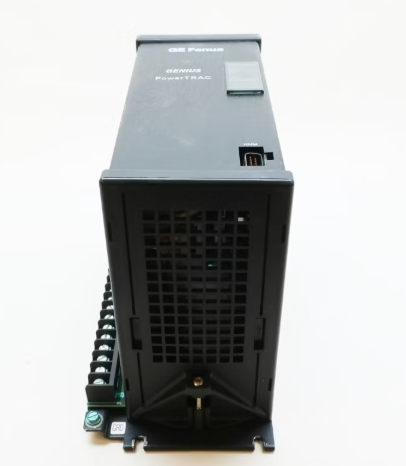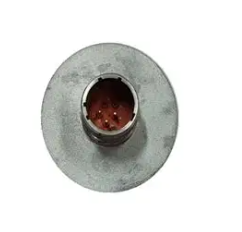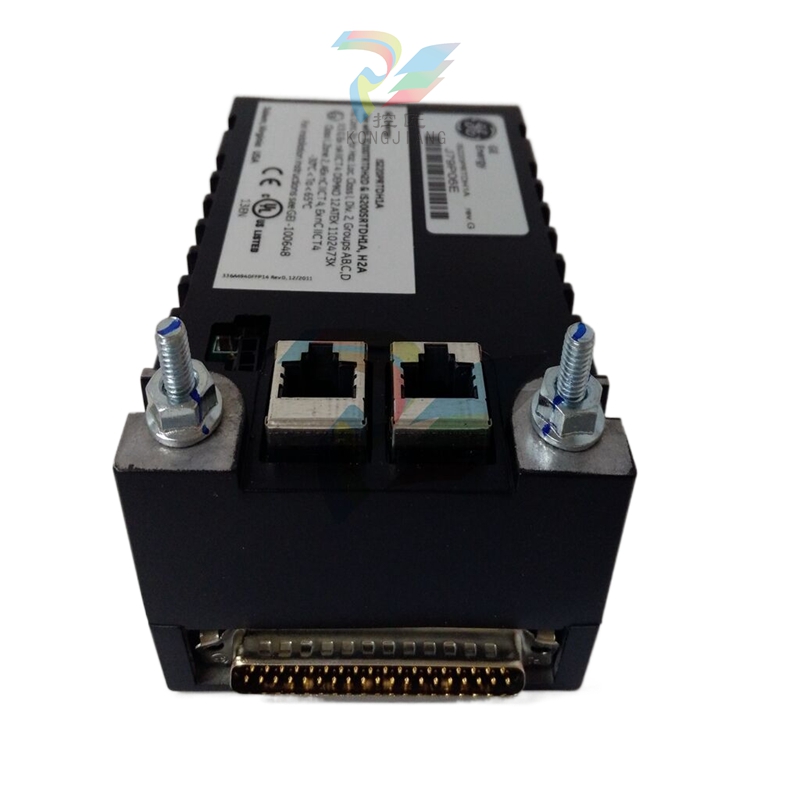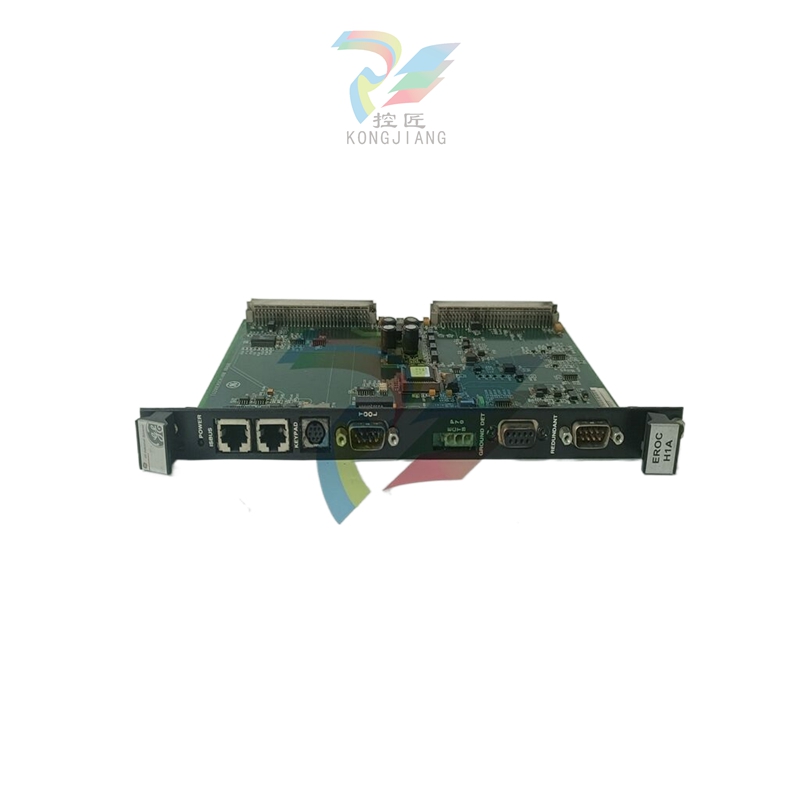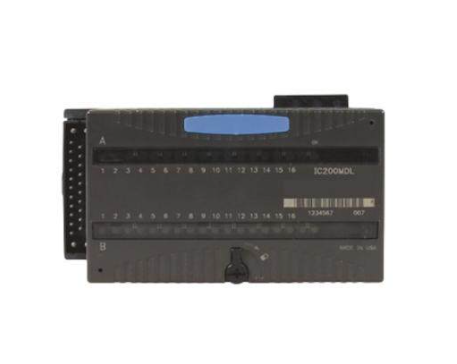History of printing technology from ancient to present
History of printing technology from ancient times to the present:
The development history and development history of printing, the use of printing industry originated in China, is one of the four great inventions in ancient China. Seals became popular with the introduction of paper and ink during the Jin Dynasty in China around the 3rd century AD. In the 4th century, Taoist seals were enlarged to print charms with slightly more text. This is actually a way of printing words in the form of a stamp.
At the same time, stele rubbing was also developing, combining the seal and rubbing, and then expanding the seal into a layout, dipping in ink, copying the rubbing, and spreading the paper to the plate printing, that is, engraving printing. Experts believe that the birth of block printing around the 7th century in the early Tang Dynasty. This is the earliest printing in the world.
Overplate color printing is the earliest color printing in the world. It is a complex and high-precision printing technology developed on the basis of block printing. In the early days of the invention of overprinting, it was generally only possible to print overprints of two colors of ink and red ink, which was called the ink book, or double printing. Later, the technology became more and more perfect, and then developed into four colors and five colors to overprint called four-color books, five-color books, etc.
Duplex color printing was born in our country, but there is still no clear conclusion about when it was invented. According to historical records, during the Northern Song Dynasty (960-1127), copper plates printed in blue, blue, and red "cross" have appeared, but no physical objects have been found. At the end of the Yuan Dynasty (the middle and late 14th century), there was already a two-color overprint of "Wuwen Monk Notes Gold and steel Classics".
In 1974, three painted paintings of "Nanwu Shakyani Buddha" were discovered in Fogong Temple, Yingxian County, Shanxi Province. According to other cultural relics discovered at the same time, its printing date should be in the Liao Dynasty and (983-1012 years). It seems that the invention of color printing technology is not later than this, and the exact age remains to be discovered and studied by archeologists.
Most of the color prints we can see today are from the Wanli period of the Ming Dynasty, which is the development period of color printing in our country, and many prints are extremely exquisite. By the Qing Dynasty, the technology of four-color overprinting, five-color overprinting and even more color overprinting had matured and reached a new level.
Movable type printing -- according to Shen Kuo's "Mengxi Pen Talk" "Volume 18" record. The earliest invention of movable type printing is Bi Sheng of the Song Dynasty, the time is 1041-143 AD. After Bi Sheng invented movable type printing, China also appeared a lot of other materials of movable type, wood type, tin type, copper type and lead type and so on. But only the wooden type survived.

As for the introduction of modern western lead type printing. It was printed in 1590 in Macau, China, when the book "Japanese Envoy to Rome" was printed. It is worth mentioning the use of wooden type, Yuan Dynasty Wang Zhen when he was a county magistrate in Jingde County, Anhui Province, he wrote a great academic work "Agricultural Book", because of the number of words, the use of block printing not only cost a lot of money, but also time-consuming and laborious.
Later, the carpenter was asked to carve 30,000 wooden characters, and the first printing of more than 60,000 words of the County Annals of Jingde County in Dade was successful. In order to facilitate typesetting, Wang Zhen invented the rotary typesetting frame, so that typesetting from completely manual to the use of simple machinery, improving efficiency. He also carefully recorded and sorted out the production methods and operating procedures of wooden type and wrote a book called The Method of Making Movable Type.
Following Shen Kuo's record of Bi Sheng's movable type printing, engraving is another major historical document that records the invention of movable type printing in our country. Movable type printing was invented in China nearly 400 years earlier than in the West. Moreover, compared with block printing, movable type printing has the advantages of saving time and materials, and has made indelible contributions to the development of printing and cultural undertakings in China and the world.
Modern type printing is also a kind of movable type printing. Automatic typesetter. The words to be cast were entered by a typewriter-like keyboard, and after each line was finished, the machine automatically lowered the molds of those words, and the alloy lead was automatically cast into the typed words. Its operation and automatic typesetting also rely on keyboard input, but get a single word, than manual typesetting further.
Mimeograph technology -- Mimeograph is also called hole plate printing. This printing method is to use an iron pen on paper, cloth or metal thin iron to carve out micro-holes, this plate is placed on paper or other types of substrate, add ink, and use a roller and a scraper to make the ink from the micro-holes on the engraving plate to the paper. China as early as 1200 years ago in the Tang Dynasty appeared similar to today's mimeograph technology hollow paper printing and screen leakage method.
It is used to print flowers and patterns on silk fabrics, called "clamping". However, the real use of mimeographic printing of documents was the Hungarian expatriate in England, Gesteiner. Around 1881, he used wax-coated fiber paper as a template, and engraved the data to be printed on it with an iron pen. Where the iron pen engraved, the fiber appeared micro-holes, and then the ink was brushed on the plate.
Press and push with a roller to make the ink pass through the wax plate and adhere to the paper below. Inventor Edison in the early 20th century also carried out research on the hole plate printing, he combined the iron pen with the motor, through the control of the motor to make the iron pen on the paper, the mimeograph. Although this method was not widely appreciated at the time, it was not put into practice, but its principle inspired later generations.
In 1888, Gestetner replaced the pen with a typewriter, removing the ribbon so that the words could be printed directly on wax paper, leaving a mark on the paper. The wax paper was removed, spread on the paper, inked and stamped, and the success was achieved. More than 10 years later, the Austrian Krabo invented the rotary mimeograph, which greatly improved the speed of mimeograph.
Intaglio printing - intaglio printing was produced about the middle of the 15th century, its principle is to make the printing plate less than the blank part, the layout structure is similar to the ancient Chinese Tuo Shi, only the inking position is just the opposite of Tuo Shi. Because the ink on the surface of the finished product printed by this printing method is slightly raised, it is easy to identify and difficult to imitate, so it is more used for printing banknotes, stamps and other securities.
Intaglio printing plates can be divided into engraving intaglio, etching intaglio and photogravure. Engraved copper intaglio printing was invented by the Italian Finacurian, who used this method to print maps in 1477. By the early 19th century, Europe began to use this method to copy famous paintings and print securities, so that intaglio printing gradually developed a unique printing method.
Modern offset printing and photogravure printing: the offset drawing line has a lipophilic, can absorb ink; The non-painted part of the wet drum that supplies water is not stained with ink. The ink attached to the plate is used to print on the rubber cloth roll, and then transfer to the paper. This is offset printing. In the photogravure printing of copper, there are holes produced by corrosion can be made of painted lines, and the volume of the hole determines the thickness of the painted lines.
The roller is first coated with ink, and then scraped with a scraper, leaving only the ink in the hole, when pressed, the ink in the hole will be printed on the paper. Letterpress printing - letterpress printing is the printing of the graphic part higher than the blank part, printing, the graphic part of the ink, and then cover the paper, pressure, the ink is transferred from the plate to the paper.
Under the influence of block printing and movable type printing invented in China, in 1445 AD, the German Johann Gutenberg made lead type and wooden printing machinery. At that time, lead type had already appeared in China and Korea, but in the summer, Thunberg not only used lead, tin, and antimony to make movable type, but also made a mold for casting type, so the movable type was relatively fine, and the tools and operation methods used were also advanced.
He also created the pressure press and developed fatty inks specifically for printing. Due to a series of inventions, Gutenberg became the founder of modern printing, and he created a set of printing methods that have been used until the 19th century. After Gutenberg created letterpress printing, some people in Western Europe are still working to improve printing technology.
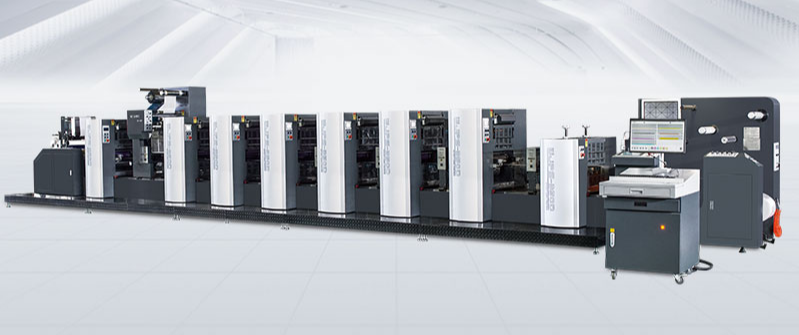
It has created and improved the production process of paper stereotype, rubber letterpress and other copy plates, and improved the quality, printing quantity and printing speed of letterpress prints. Lithography - Lithography can be divided into lithography, offset and collotype according to different plate materials. Lithography was invented around 1778 by the Czechoslovak Sonnerfeld.
When he printed music, he found that the SLATE with micro-pores on the surface could absorb ink, while the ungreased part could not absorb ink because of its water retention. According to this phenomenon, he discovered the principle of oil and water rejection, and thus invented lithography, and has written a book "Lithography" spread in the world.
Offset printing is another lithographic printing technology developed on the basis of lithography. In 1817, Sunnerfeld replaced the heavy SLATE with thin zinc plates, and adopted a circular cylinder printing method to solve the shortcomings of stone plate technology. In 1905, the American Ruebbels added a rubber roller to Sunnerfeld's lithograph press.
The images on the printing plate are transferred to the paper through the rubber drum, and there is no direct contact between the printing plate and the paper, creating an indirect lithography printing method. Collotype is also a type of lithographic printing method, invented by Frenchman Herbato in 1869. Because frosted glass is used as plate material, it is also called glass plate printing method.
This printing method can use photography to make plates, and can print celebrity paintings, steles, fine art works and ancient books with the most accuracy. Compared with other types of printing methods, lithography, especially offset printing methods, has the characteristics of low production cost, simple process, low wear, fast speed and wide application range.
Coupled with new light sources, new sensitive materials, the cooperation of precision photographic equipment and the gradual scientific plate making and the continuous improvement of printing quality, the printing method has been continuously developed, thus becoming the mainstream of today's printing industry.
Extended information:
Far-reaching significance:
The invention of printing is a glorious chapter in the history of human civilization, and the great glory of establishing this feat belongs to the Chinese nation. Printing promotes the popularization of education and the promotion of knowledge, and the cheap price of books makes knowledge available to more people, thus affecting their outlook on life and world. The popularization of books will increase the literacy rate of people, which in turn will increase the demand for books.
In addition, craftsmen found from the manuals and advertisements of the early printing houses that such prints could gain fame and fortune. This in turn improved their reading and writing skills. It has promoted the extensive dissemination and exchange of human cultural knowledge and greatly promoted the development of world civilization.
Stories about printing:
Bi Sheng invented movable type printing, Bi Sheng, cloth clothing in the Northern Song Dynasty. Born in Yingshan County, Hubei Province, he died in February of the fourth year of Emperor You in the Northern Song Dynasty. In the early Song Dynasty, he was a writer. During the Song Qingli years, he invented mastic movable type printing technology according to practical experience, that is, engraved on the mastic sheet, a word is printed, and after hardening with fire, it becomes a living word.
In the Song Dynasty, engraving and printing was very popular. The process of carving board printing is like this, first saw the wood into a piece of the same size board, make it smooth, and then write on a piece of thin paper, stick on the board, carve the text with a knife, and then brush the ink, spread the paper, gently brush with a soft brush on the paper, uncovered, the paper has black words on a white background.

The number of words in a book is naturally quite large, and more than one plate is carved, and each piece is printed in this way. When all the printing is done, bound page by page, it becomes a book. At that time, there was a carving master in the west Mountain of Hangzhou who was known as the "King of Divine knives". Many people came to worship the master, but the "God sword King" did not accept it.
But in his later years, he accepted a small apprentice from a civilian background - Bi Sheng. What is the reason for this? Originally, the "God knife King" not only took a fancy to Bi Sheng's dexterity, but also liked his loyal and honest conduct. He felt that by passing on his skills to such people, he would be able to rest in peace when he died.
Bi Sheng followed the "God knife King" for several years, and his skills improved greatly. On one occasion, the master sculpted the Blue Pavilion Preface by Wang Xizhi, the great calligrapher of the Jin Dynasty, and let Bi Sheng observe and figure it out. Who knows that there is still the last line, Bi Sheng accidentally touched the master's arm, and the "Zhi" character under the knife was engraved. Bi Sheng was very sad. At night, he lay in bed, tossing and turning, unable to sleep.
He first secretly complained about himself, and then suddenly came up with an idea: engraving plate printing is too troublesome, can you change it? From that day on, he thought about it every moment he had. One day, when he was walking by the West Lake, he found that a painter from Jianghu was stamping on a landscape painting. When he looked closely, he saw that the artist had strung three stamps together.
Bi Sheng looked at it with interest for a while, then suddenly clapped his hands and shouted happily, "There is a way!" There's a way!" He ran back to his house, made blocks of clay, dried them, and engraved them with inverted characters, one by one; Then the characters are hardened by fire and arranged in a special wooden lattice according to rhyme; The rows of type are then fixed in iron frames as needed. So you can ink the book.
The use of movable type printing, both convenient and economical. This new technology was soon spread all over the world.
- EMERSON
- Honeywell
- CTI
- Rolls-Royce
- General Electric
- Woodward
- Yaskawa
- xYCOM
- Motorola
- Siemens
- Rockwell
- ABB
- B&R
- HIMA
- Construction site
- electricity
- Automobile market
- PLC
- DCS
- Motor drivers
- VSD
- Implications
- cement
- CO2
- CEM
- methane
- Artificial intelligence
- Titanic
- Solar energy
- Hydrogen fuel cell
- Hydrogen and fuel cells
- Hydrogen and oxygen fuel cells
- tyre
- Chemical fiber
- dynamo
- corpuscle
- Pulp and paper
- printing
- fossil
- FANUC
- Food and beverage
- Life science
- Sewage treatment
- Personal care
- electricity
- boats
- infrastructure
- Automobile industry
- metallurgy
- Nuclear power generation
- Geothermal power generation
- Water and wastewater
- Infrastructure construction
- Mine hazard
- steel
- papermaking
- Natural gas industry
- Infrastructure construction
- Power and energy
- Rubber and plastic
- Renewable energy
- pharmacy
- mining
- Plastic industry
- Schneider
- Kongsberg
- NI
- Wind energy
- International petroleum
- International new energy network
- gas
- WATLOW
- ProSoft
- SEW
- wind
- ADVANCED
- Reliance
- YOKOGAWA
- TRICONEX
- FOXBORO
- METSO
- MAN
- Advantest
- ADVANCED
- ALSTOM
- Control Wave
- AB
- AMAT
- STUDER
- KONGSBERG
- MOTOROLA
- DANAHER MOTION
- Bently
- Galil
- EATON
- MOLEX
- Triconex
- DEIF
- B&W
- ZYGO
- Aerotech
- DANFOSS
- KOLLMORGEN
- Beijer
- Endress+Hauser
- MOOG
- KB
- Moxa
- Rexroth
- YAMAHA
- Johnson
- Westinghouse
- WAGO
- TOSHIBA
- TEKTRONIX


Email:wang@kongjiangauto.com

















































































































